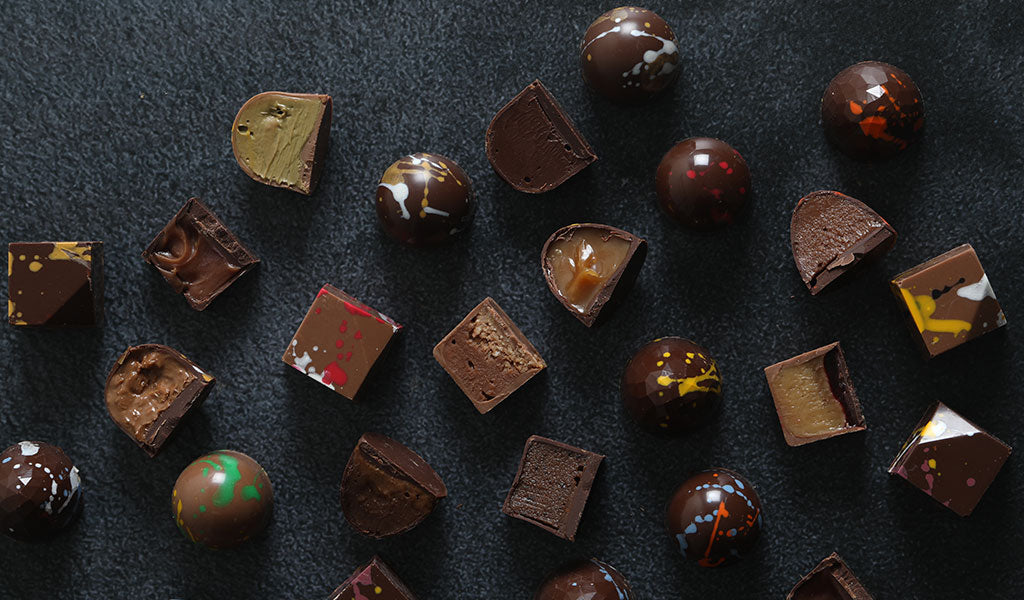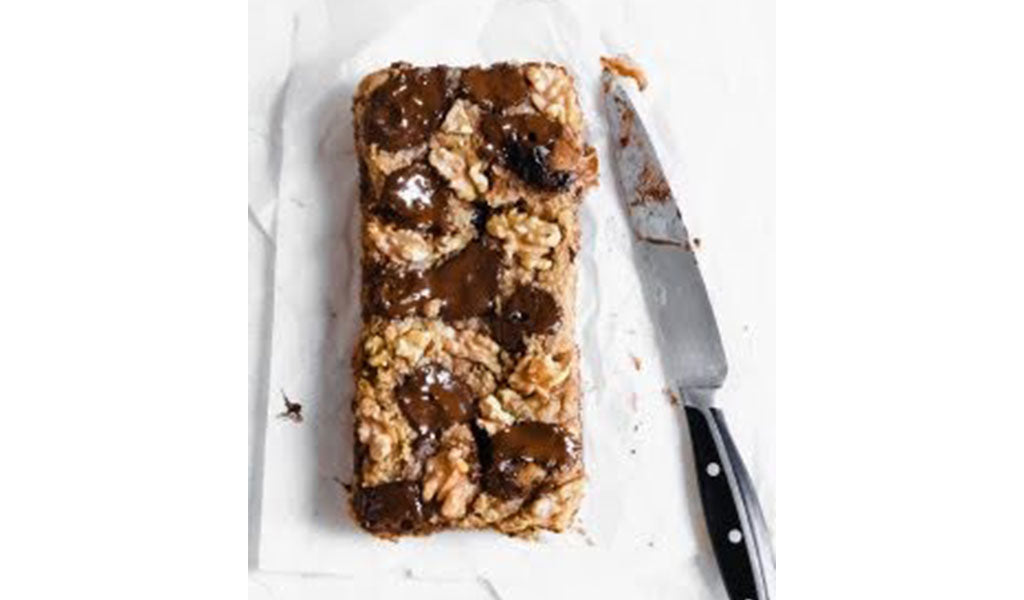Article: Chocolate, Tempered: The Science of Chocolate

Chocolate, Tempered: The Science of Chocolate
You see chocolate.
We see polymorphism, fat crystal lattices, and a thermodynamic masterpiece.
Seriously, chocolate isn’t just food. It’s a process.
It’s chemistry, dressed as pleasure.
Let’s start with the basics: cocoa butter, the fat in REAL COUVERTURE CHOCOLATE can form six different crystal structures (yes, six). But only one-Form V-gives you that perfect glossy snap and smooth melt. Getting there requires precise temperature control, or what we chemistry nerds call controlled crystallization kinetics. (Sounds intimidatingly fancy, right?)
That’s why chocolate must be tempered-heated to break all crystals, cooled to crystallise the right ones, and then gently warmed to eliminate the unstable forms. It’s basically a phase transition ritual, where even a 1°C slip can = structural chaos.
Translation: streaks, bloom, and chocolate with the personality of wet cement. (YIKES)
Then there’s that irresistible melt-in-your-mouth feel.
That’s thermodynamics at work. Cocoa butter melts just below body temperature-around 34°C. That precise melting point gives chocolate its seductive melt and slow flavour release.
Too high and it won't melt. Too low and... hello, greasy mess.
What about smoothness? That’s down to particle size distribution and shear-thinning viscosity during conching (a gloriously long mixing process). Luxury chocolate is refined to under 20 microns-smaller than your tongue can detect. Any coarser, and it feels sandy. (Not the texture we want in the most indulgent bite of the day.)
Even fillings are chemistry games.
Ganache.. It’s an emulsion-where different personalities of water-loving and fat-loving molecules are coaxed into harmony using emulsifiers like lecithin. Miscalculate, and you get phase separation: a split, oily mess.
Chocolatiers also use hygroscopic sugars to absorb free H₂O and lower water activity, helping to increase shelf life without compromising texture.
Basically: food-grade wizardry.
Oh we forgot about the primary step- roasting the beans.
Enter: the Maillard reaction-that perfect chemistry between amino acids and sugars when cocoa is roasted (or sugar is heated). It creates hundreds of complex flavor compounds responsible for the chocolatey notes we love: nutty, caramel, sometimes even floral.
So the next time you bite into chocolate-any form of it—
Remember: you’re tasting the results of phase diagrams, molecular structures, and a little fat crystal engineering.
And that is the real chemistry of love.
Molecularly yours,
Archita Agarwal
(Founding Chocolatier, The Cacao Pods)

